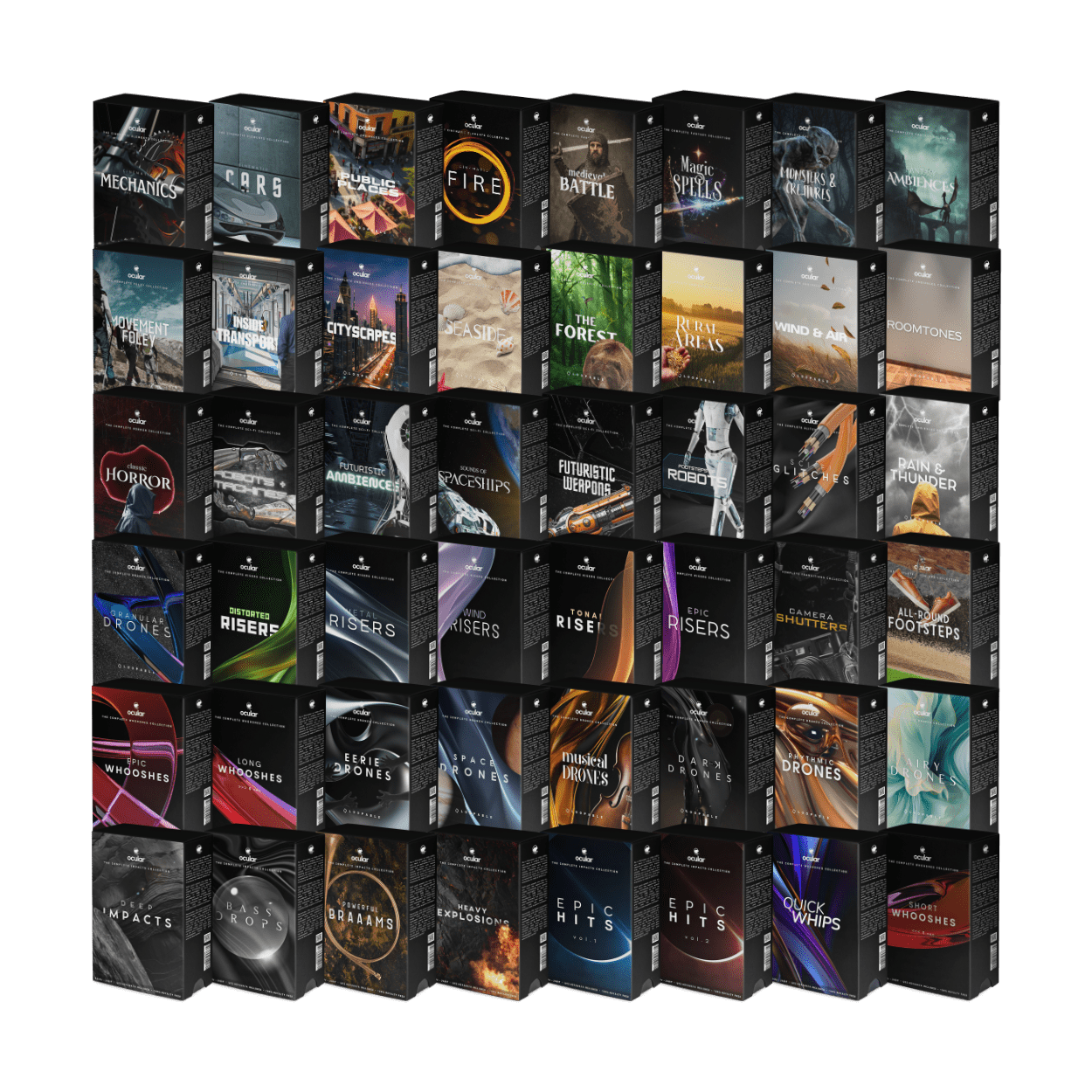Sound design is an integral part of modern media and entertainment, whether it's in films, television shows, video games, or even podcasts. The tools and software used in sound design have come a long way over the years, from analog recording equipment to digital audio workstations (DAWs) and plug-ins. In this article, we'll explore the evolution of sound design tools and software and how they have impacted the field of sound design.
Analog Sound Design Tools
Before the advent of digital technology, sound designers had to work with analog tools and equipment. This included reel-to-reel tape machines, mixing consoles, and various types of microphones. While these tools were limited in their capabilities, they allowed sound designers to create unique and creative sounds by manipulating and processing audio in various ways. Analog sound design was a time-consuming and labor-intensive process, but it laid the foundation for the modern sound design industry.
Digital Audio Workstations (DAWs)
The introduction of digital audio workstations revolutionized the sound design industry by providing sound designers with a more streamlined and efficient workflow. DAWs allowed sound designers to record and manipulate audio digitally, which meant they could make changes to the audio without having to start from scratch every time. Some popular DAWs used in sound design include Pro Tools, Logic Pro, and Ableton Live.
Plug-ins and Virtual Instruments
Along with DAWs, plug-ins and virtual instruments have become essential tools in modern sound design. Plug-ins are software programs that can be used within a DAW to add various effects and processing to audio, such as reverb, compression, and distortion. Virtual instruments, on the other hand, are software synthesizers that allow sound designers to create and manipulate sounds without the need for physical hardware. These tools have greatly expanded the creative possibilities for sound designers.
Spatial Audio and 3D Sound Design
In recent years, spatial audio and 3D sound design have emerged as new frontiers in sound design. Spatial audio refers to audio that is designed to create a sense of space and depth, while 3D sound design involves placing sounds in a three-dimensional space. This is achieved through the use of specialized software and hardware, such as Dolby Atmos, which is becoming increasingly popular in film and television sound design.
The Future of Sound Design: Exciting Developments and Boundless Possibilities
The tools and software used in sound design have come a long way since the early days of analog recording equipment. From DAWs to plug-ins and virtual instruments, sound designers now have access to a wide range of tools to create unique and immersive soundscapes. With the emergence of spatial audio and 3D sound design, the future of sound design looks promising, with even more exciting developments on the horizon.
In conclusion, the evolution of sound design tools and software has allowed sound designers to push the boundaries of what's possible in creating soundscapes for modern media and entertainment. As technology continues to evolve, we can expect even more exciting developments in the field of sound design.















